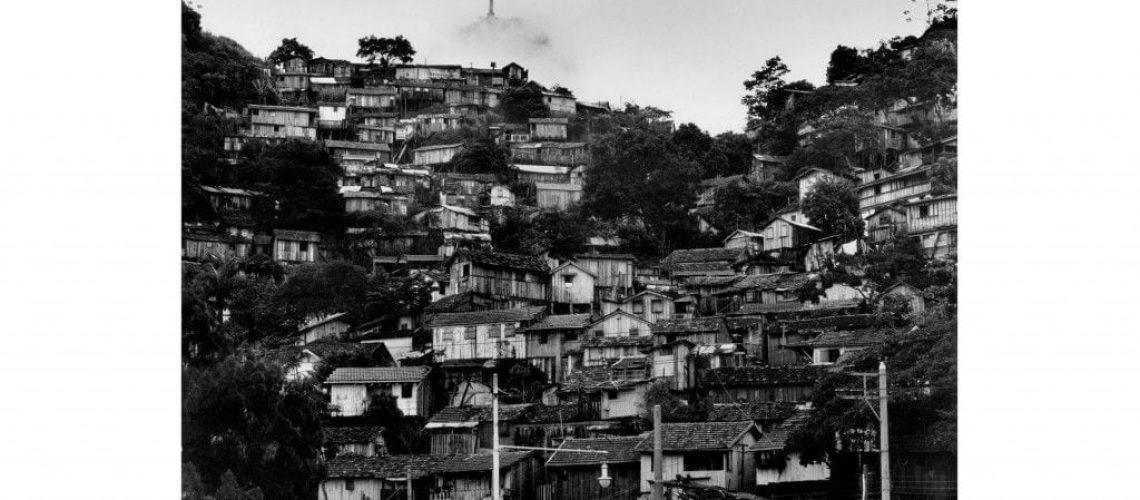
truink
Acclaimed ‘Gordon Parks: The Flavio Story’ Exhibit Opens in Toronto at Ryerson Image Center
- September 24, 2018
- , 7:20 pm
- , Arts, Breaking News, Film, Gordon Parks, Photography, Ryerson University, Social Justice, Toronto Arts
VIA THE GORDON PARKS FOUNDATION:
Gordon Parks: The Flávio Story explores a seminal photo essay by pioneering African-American photojournalist Gordon Parks, and the extraordinary chain of events it prompted. Published in Life magazine in June 1961, “Freedom’s Fearful Foe: Poverty” profiled the da Silva family, living in a hillside favela near a wealthy enclave of Rio de Janeiro, Brazil. Focused on the eldest son, Flávio, a resourceful twelve-year-old suffering from crippling asthma, the story elicited thousands of letters and nearly $30,000 in donations from Life readers. In response, the magazine launched an extraordinary “rescue” effort—relocating the family to a new home, moving Flávio to a hospital in the United States, and administering funds to support rehabilitation of the favela. Meanwhile, in Brazil the picture story sparked great controversy in the press: the influential Brazilian magazine O Cruzeiro retaliated against Life’s coverage, sending photographer Henri Ballot to New York to highlight poverty in America. The Flávio Story provides an in-depth look at Parks’ most celebrated photo essay in the context of Cold War politics in the United States and Brazil, and at the inner workings and cultural force of the “Great American Magazine.”
“This exhibition tells the story of one of the most important, enduring, and deeply personal assignments that Gordon Parks ever undertook for Life,” says Paul Roth, Director of the Ryerson Image Centre and co-curator (with Amanda Maddox of the J. Paul Getty Museum) of The Flávio Story. “The extraordinary nature of this story speaks to the uneasy relationship in journalism between reporting and intervening in the lives of one’s subjects. The story of Flávio da Silva, its profound emotional impact and political repercussions, illustrates Parks’ rare ability to portray the lives of others with unusual intimacy and directness, in a way that resonates long past the time of the photographs’ publication.”
